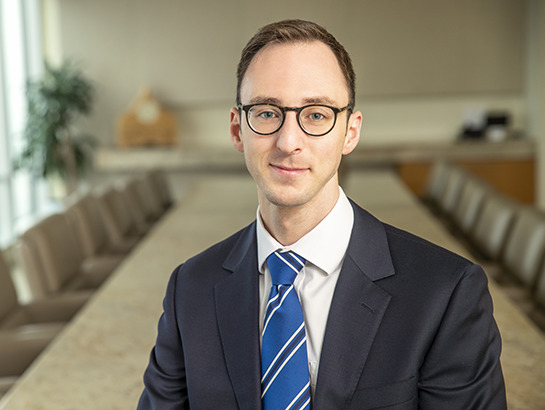Carrington Coleman previously dubbed the rule that allowed CRF funds to be used for payroll costs of public safety and public health workers as the “Per Se Rule.” Because these payroll costs are legally presumed to be substantially dedicated to COVID-19, these costs are “per se” eligible expenditures. (Link to Client Alert released on Sept. 1.)
On September 2, Treasury reaffirmed the validity of the Per Se Rule but limited its scope. Although generally broad in scope, the per se rule now does not necessarily include all employees working in the public safety and public health departments.
The Majority of Public Safety Employees Should Be Covered by the Per Se Rule
The majority of public safety employees should be covered by the Per Se Rule. But, according to Treasury’s most recent guidance, not every employee in the public safety department is necessarily within the scope of the rule.
Treasury limited the scope to frontline workers and extended it to include others who directly support those workers. Employees who are only indirectly engaged in public safety are not eligible. Treasury failed to define the term “directly.” Without proper guidance, counties and cities will have difficulty knowing whether some employees meet this standard. Further clarification and guidance from the Treasury is needed.
Treasury provided a list of frontline workers, specifically identifying and including police officers, sheriffs, duty sheriffs, firefighters, emergency medical responders, correctional and detention officers, and identified dispatchers and supervisory personnel as directly supporting workers.
Most Public Health Employees Should Be Covered by the Per Se Rule
Most, but not all, public health employees should be covered by the Per Se Rule. However, according to Treasury’s recent guidance, some employees in the public health department may be excluded.
Eligible payroll costs include employees involved in providing medical and other health services to patients, and supervisory personnel, including medical staff assigned to schools, prisons, and other such institutions, and other support services essential for patient care.
In addition, employees of public health departments directly engaged in matters related to public health and related supervisory personnel are covered by the Per Se Rule. But employees who are indirectly engaged in public health matters are not eligible.
Uncertainty and Increased Administrative Burden
Treasury’s new guidelines essentially subjects these workers who indirectly support frontline workers to the same factual and legal scrutiny as other types of employees who are subject to “substantially different use” standard.
The new guidelines create another hurdle for CRF recipients, i.e., a determination of whether certain employees are directly or indirectly related to frontline workers.
This new limitation is inconsistent with Treasury’s policy of administrative accommodation. Further clarification by Treasury is required. It is unfair for Treasury to now limit the scope of the Per Se Rule six months into the ten-month covered period.
Unfortunately, the impact of this rule may keep some counties and cities from properly including all of their public health workers because of (1) the factual and legal uncertainty over whether a particular employee “directly” supports its frontline workers and/or (2) their lack of resources to perform a proper analysis and create the additional documentation needed.
Takeaways
- Treasury’s guidance reaffirms that CRF funds may be used to pay for public safety and public health payroll costs.
- However, Treasury’s guidance limited the scope of which public safety and public health payroll costs qualify as per se eligible.
- Treasury’s limitation should not create substantial economic hardships, but unfortunately, it will create increase administrative burdens.
